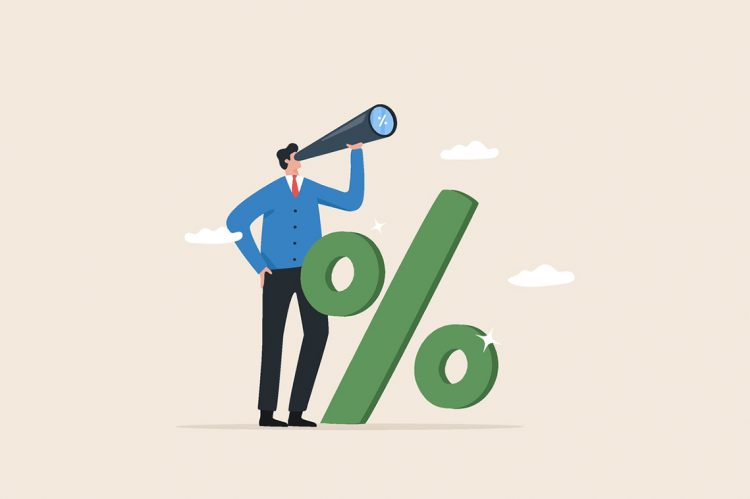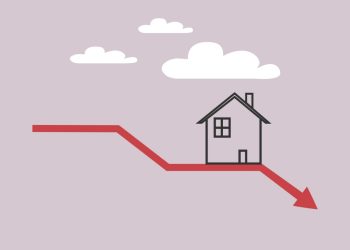The Federal Reserve has once again dropped the hammer on its rate hike efforts, announcing its fourth 75 basis points increase since it began its monetary tightening earlier this year.
Fact: Member Agents Win 60% More Listings.*
Homes.com gives members massive amounts of exposure. Your contact info is always on your listings, and your listings are targeted and retargeted to interested buyers across the web. Join today!
*Based on internal analyses comparing members to non-members on Homes.com.
Business Tip of the Day provided by
Categories
The Most Important Real Estate News & Events
Click below to receive the latest real estate news and events directly to your inbox.
By signing up, you agree to our TOS and Privacy Policy.













